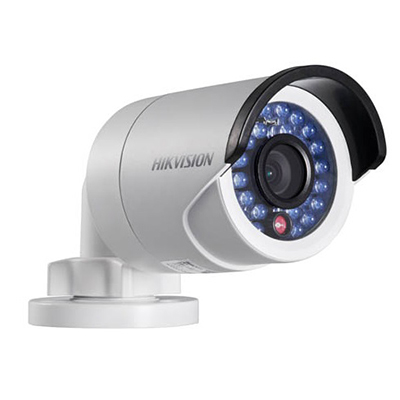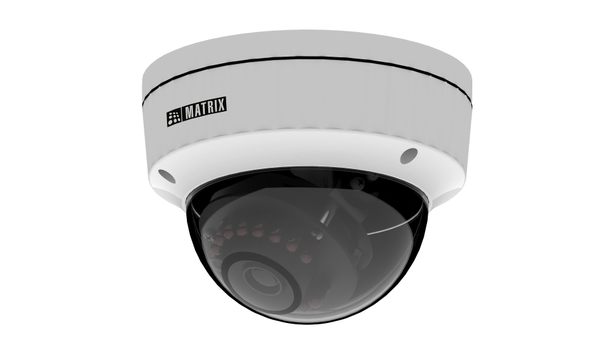HID Global, a front-runner in trusted identity solutions, announced that the traffic branch of the Singapore Police Force has deployed an electronic Know Your Customer (eKYC) system that uses HID Lumidigm® V-series Fingerprint Sensors to verify the identities of driver’s license applicants.
The HID Lumidigm sensor’s patented multispectral imaging technology has helped improve identity-verification speed and efficiency as compared to their previous paper-based process, and its proven liveness-detection capabilities significantly diminish the risk of fraudsters compromising the eKYC system.
eKYC system & Lumidigm sensors
Deployed by HID partner Secur Solutions Group at Singapore’s three driving schools, the new eKYC system improves security by using fingerprints to verify the true identity of driver’s license applicants.
The speed and reliability of the Lumidigm sensors have enabled the entire enrolment process to be performed at kiosks in seconds, from fingerprint capture through matching against the actual identity documents (NRIC/Work Permit).
The Singapore Police Force is now enroling 500 to 700 individuals a day at the kiosks since deployment and has cut almost 1,500 manhours of labour per month since eliminating its staffed counters and manual workflow.
Service enhancement
“The HID Lumidigm sensors have outperformed all alternatives with respect to speed, accuracy and consistency of image acquisition regardless of a finger or environmental conditions,” said Tseng Wun Hsiung, CEO of Secur Solutions Group.
“New opportunities are being considered for service enhancement and parts of the eKYC system are being evaluated for integration.”
Multispectral fingerprint imaging technology
Field-updatable liveness detection distinguishes between the captured biometric data from a real person vs artificial fingerprint copies HID Global’s patented multispectral fingerprint imaging technology captures unique characteristics from the finger’s surface and subsurface, which is particularly important for the Singapore Police Force’s eKYC system because it serves a large population spanning many ages, ethnicities and skin types.
The technology works reliably with normal, wet, dirty, dry or damaged fingers, and in sunlight or wet or cold conditions. Field-updatable liveness detection is employed to distinguish between the captured biometric data from a real living person versus plastic, fake, or other artificial fingerprint copies.
HID’s V-Series Lumidigm sensors were the first fingerprint products certified to the International Standards Organization (ISO) standard focused on anti-spoofing and liveness detection.
Unparalleled accuracy
“HID Global is delighted that our Lumidigm V-series sensors are delivering unparalleled accuracy in fingerprint data capture for the Singapore Traffic Police’s new eKYC system,” said Sujan Parthasaradhi, Director of Biometric Applications, APAC, Extended Access Technologies with HID Global.
“We have no doubt our solutions will continue to give the Singapore Traffic Police the confidence of standards-validated spoof protection at their driving schools while helping them sustain the highest levels of efficiency and customer service.”




























